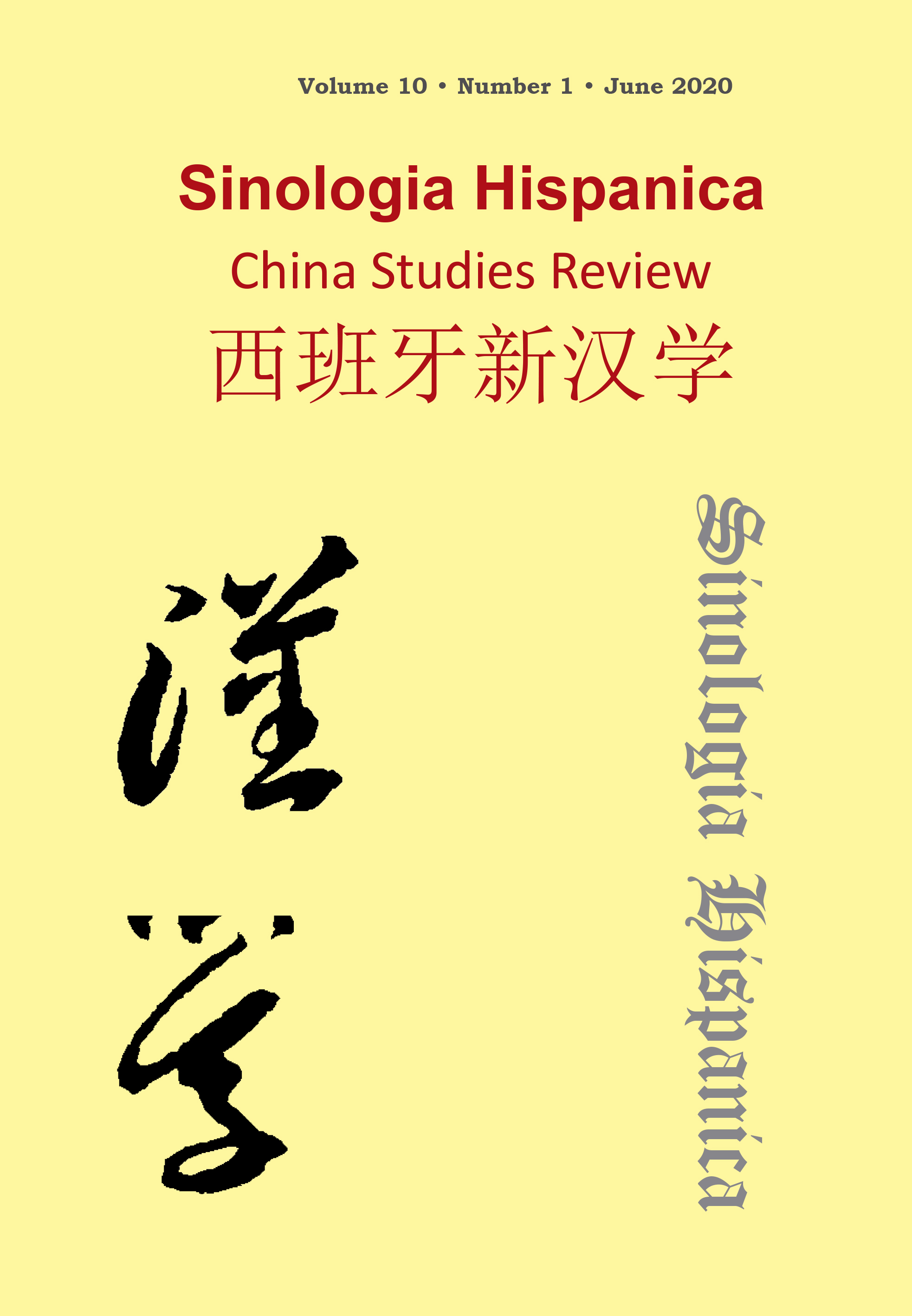How to Do Things with Emojis: The Pragmatic Functions of Emojis in Teacher-Student Interaction through Wechat
DOI:
https://doi.org/10.18002/sin.v10i1.6315Palabras clave:
emojis, online interaction, pragmatic function, Wechat.Resumen
As efficient tools in online interaction, Emojis have attracted ample attention from
researchers in diverse fields, stressing that its pragmatic values deserve further systemic exploration.
Against this background, this paper investigates the pragmatic functions of emojis through retrieving
interactive data between teachers and students in Wechat rooms. A total of 5 volunteers (4 teachers
and 1 student) were invited to collect data from their teacher-student Wechat groups respectively.
Forty-eight types of emoji in the corpus were described and analyzed, finally classified into 3 pragmatic
functions: illocutionary function, interpersonal function and textual function. Specifically, emojis can:
i) work as indicators of literal force (secondary illocutionary act) or indirect force (primary illocutionary
act). ii) work as rapport management strategies to maintain or enhance the relationship between/among
interlocutors. iii) work as structural constituents, which will contribute to the opening, continuing or
closing of a conversation. Accordingly, these findings would contribute to the enrichment of theoretical
studies of emojis, and the understanding of online discourse in mediated forms.
Descargas
Métricas alternativas
Descargas
Publicado
Cómo citar
Número
Sección
Licencia
Derechos de autor 2020 Yang Kun, Mao Yansheng

Esta obra está bajo una licencia internacional Creative Commons Atribución-NoComercial-CompartirIgual 4.0.
Sinologia Hispanica. China Studies Review considers all manuscripts on the strict condition that
- The authors grant on a nonexclusive basis the exploitation rights (reproduction, distribution, public communication and transformation) of the work accepted for publication to the University of León. The authors can establish, on their own, additional agreements for the non-exclusive distribution of the version of the work published in the journal (for example, placing it in an institutional repository or publishing it in a book), always acknowledging the initial publication in this journal.
- The manuscript is your own original work, and does not duplicate any other previously published work, including your own previously published work.
- The manuscript is not currently under consideration or peer review or accepted for publication or in press or published elsewhere.
- The manuscript contains nothing that is abusive, defamatory, libellous, obscene, fraudulent, or illegal.
- Please note that Sinologia Hispanica uses Turnitin software to screen manuscripts for unoriginal material. By submitting your manuscript to Sinologia Hispanica you are agreeing to any necessary originality checks your manuscript may have to undergo during the peer-review and production processes. Any author who fails to adhere to the above conditions will be rejected.
- Authors are allowed and encouraged to electronically disseminate the pre-print versions (version before being evaluated) and / or post-print (version evaluated and accepted for publication) of their works before publication, since it favors their circulation and earlier dissemination and with it a possible increase in its citation and scope among the academic community.
Sinologia Hispanica is under Creative Commons Attribution-NonCommercial-ShareAlike 4.0 International License. You can read more about this license in versión informativa and texto legal.








